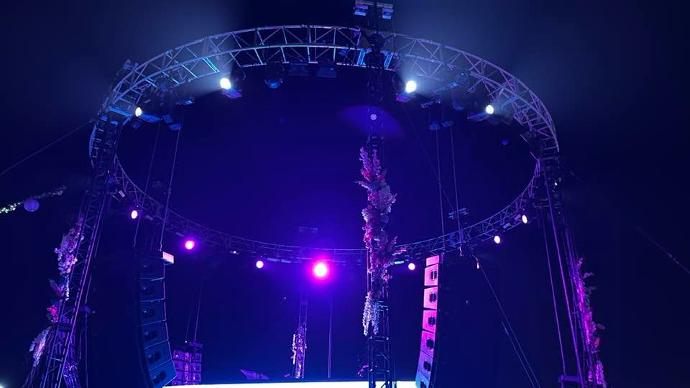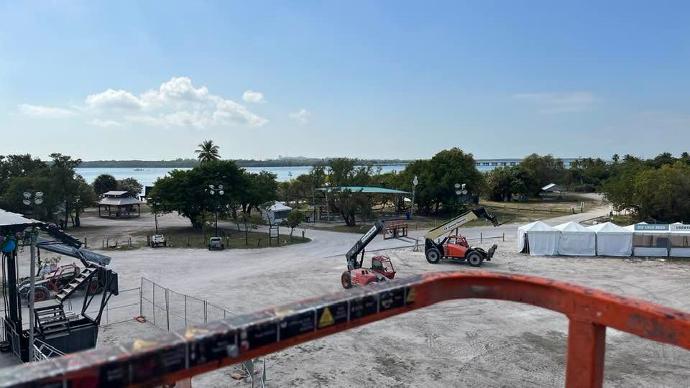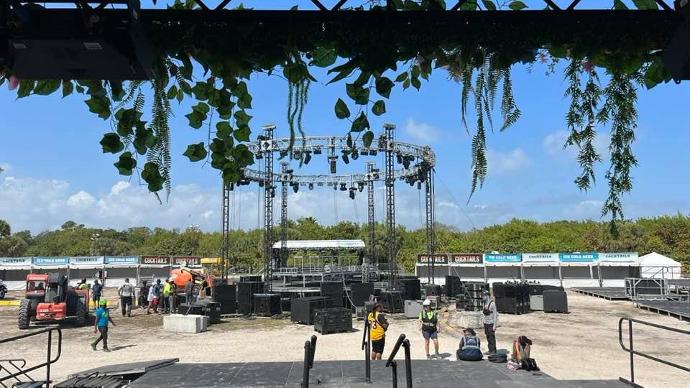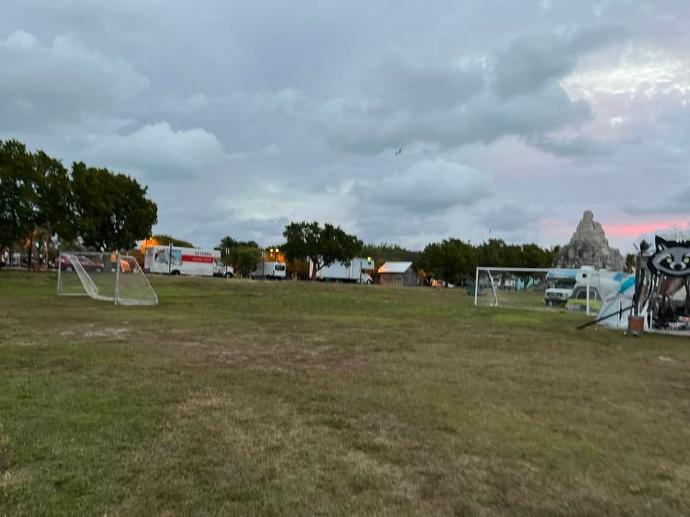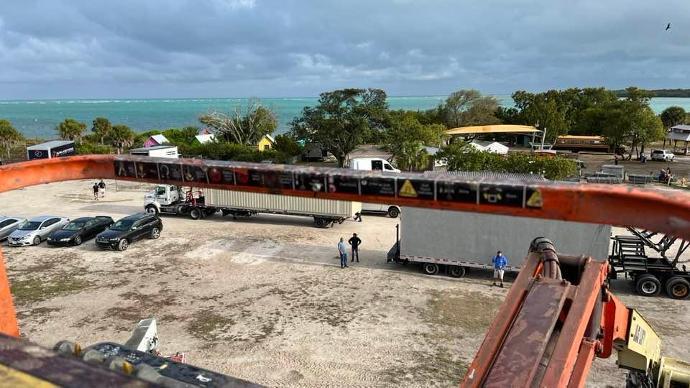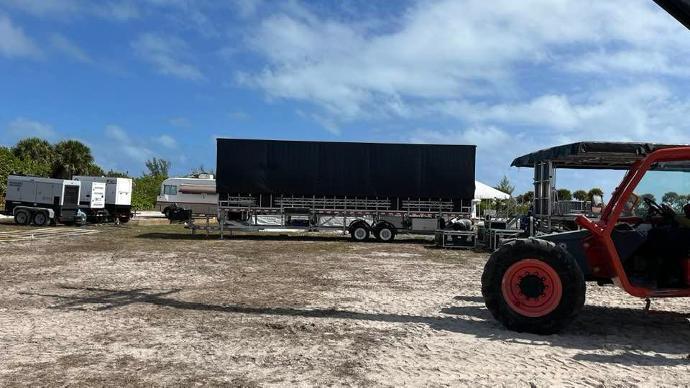How to Build a Temporary Setup for a Concert: Stage, Lights, and Sound
Organizing a concert is an exciting yet challenging endeavor that demands meticulous planning and flawless execution. From the stage where performers will take the spotlight to the setup of lights and sound systems, every detail matters to deliver an unforgettable experience to the audience. In this article, we'll delve into the key aspects of building a temporary production for a massive concert, focusing on the stage, lights, and sound.
Designing and Constructing the Stage
The stage serves as the focal point where artists perform and the audience revels in the show. Here are essential steps for designing and building a suitable stage:
Planning and Design: Start by determining the stage's location and dimensions in relation to the available space. Consider the view from various angles and ensure the stage is spacious enough to accommodate performers, their equipment, and presentations.
Materials and Construction: Opt for sturdy, weather-resistant materials. The stage should be robust enough to support the weight of equipment, artists, and potential adverse weather conditions.
Accessibility and Safety: Ensure the stage features secure ramps and staircases for easy artist access. It's also vital to install railings and safety measures to prevent accidents.
Lighting Setup
Lighting plays a critical role in creating a captivating atmosphere and enhancing the audience's experience. Here's how to set up an effective lighting system:
Lighting Design: Collaborate with lighting designers to create a plan that aligns with the concert's aesthetics. Consider effects like moving lights, strobes, and projections.
Structures and Mounts: Install sturdy structures and mounts for the lights. Trusses (beam-like structures) suspended above the stage can support lights and equipment.
Programming and Control: Utilize lighting control systems to program sequences and light changes synchronized with the music. This will add dynamism and excitement to the concert.
Sound System
High-quality sound is essential to ensure the audience can fully immerse themselves in the music and performances at a massive concert:
Acoustic Design: Work with acoustic design experts to configure speakers in a way that ensures even, clear sound throughout the venue.
Speaker Placement: Strategically place speakers throughout the area to achieve uniform coverage. Speakers can be stacked or suspended as needed.
Mixing and Adjustments: A professional sound engineer should make adjustments during sound checks to achieve a perfect balance between vocals and instruments and to prevent feedback issues.
Organizing a concert is an exhilarating challenge that demands precise planning, collaboration, and execution. By focusing on the stage, lights, and sound, you can ensure that the event becomes an unforgettable experience for both performers and the audience. Get ready to put on an unforgettable show!
